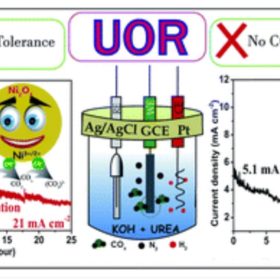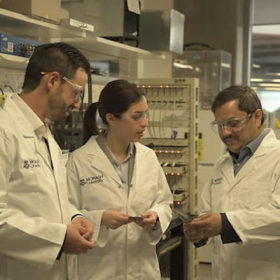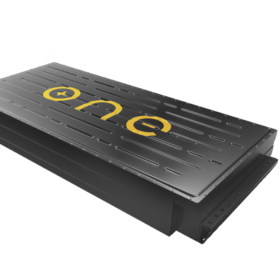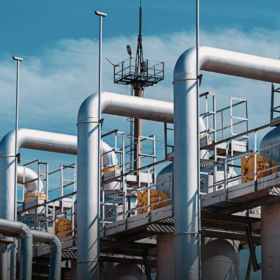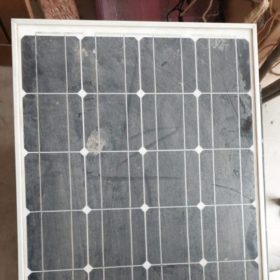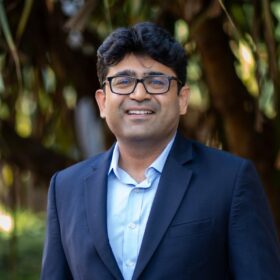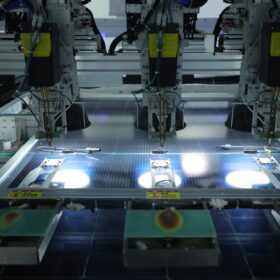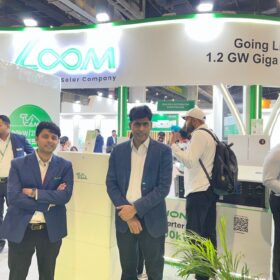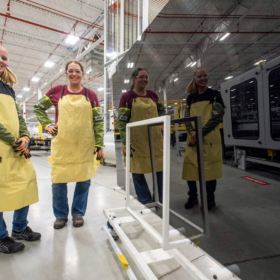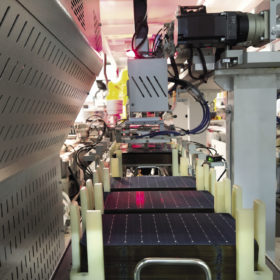Energy-efficient hydrogen production by urea electrolysis using Ni2O3 electrocatalyst
Scientists from the Department of Science & Technology, Government of India, have shown Ni2O3 as a promising catalyst for sustained electrochemical urea oxidation reaction (UOR) to produce green hydrogen. With Ni2O3 catalyst, they found the UOR activity to be almost six times higher than with the conventional NiO.
Solar parks could help to increase rainfall in arid regions
New modeling suggests that the reduction in albedo caused by large-scale solar plants could double rainfall in the Red Sea coastal plain of Saudi Arabia.
Australian researchers announce lithium-sulfur battery breakthrough
Researchers from Australia’s Monash University have created a new generation of lithium-sulfur batteries to provide a cheaper, cleaner and faster-charging energy storage solution that outlasts lithium-ion alternatives and is rechargeable hundreds of times without failing.
Green hydrogen for $5/kg at co-located projects
Ratings agency ICRA has estimated Indian green hydrogen will cost that much if produced at sites featuring clean energy generation capacity and electrolyzers. That is between 50 US cents and a dollar per kilogram cheaper than in locations where the two systems are not co-located, with the saving possible due to a reduction in open-access, intra-state grid charges.
US EV battery manufacturer demonstrates 750+ mile range, raises $65 million
Michigan’s Our Next Energy (ONE) said it will use the funding led by BMW to accelerate R&D and build a US manufacturing facility.
Fully PV-driven system to produce water, electricity, crops
Researchers in Saudi Arabia have fabricated an integrated fully PV-powered system to extract fresh water from the atmosphere. The system uses excess heat from the solar modules to evaporate and condense water that can then be used to grow crops. Part of the water is also used to cool down the solar modules through an active cooling technique.
Swiss manufacturer unveils 500W solar module with 23.2% efficiency
Megasol said the solar module relies on new back-contact technology that is able to reduce internal resistance, ohmic losses and cell spacing.
Building the green hydrogen economy in India
Experts at a recent workshop by industry body India Hydrogen Alliance (IH2A) and the government thinktank NITI Aayog proposed the formation of a public-private taskforce to develop gigawatt-scale green hydrogen hubs in India. The taskforce will have participation from global funding agencies, industry and government.
Roadmap for solar module recycling in Bangladesh
Bangladesh currently does not have a recycling center for PV module recycling. But according to a group of local scientists, the country could evolve into a regional hub for PV waste recycling if proper guidelines are implemented.
Solar module anti-soiling coating for retrofit application
Dutch company Rads Global Business has developed an anti-soiling coating for solar PV modules that are at least two years old. The new product is claimed to increase power yield by up to 7% and to have a payback time of 2.5 to four years depending on the dust level of the site.
